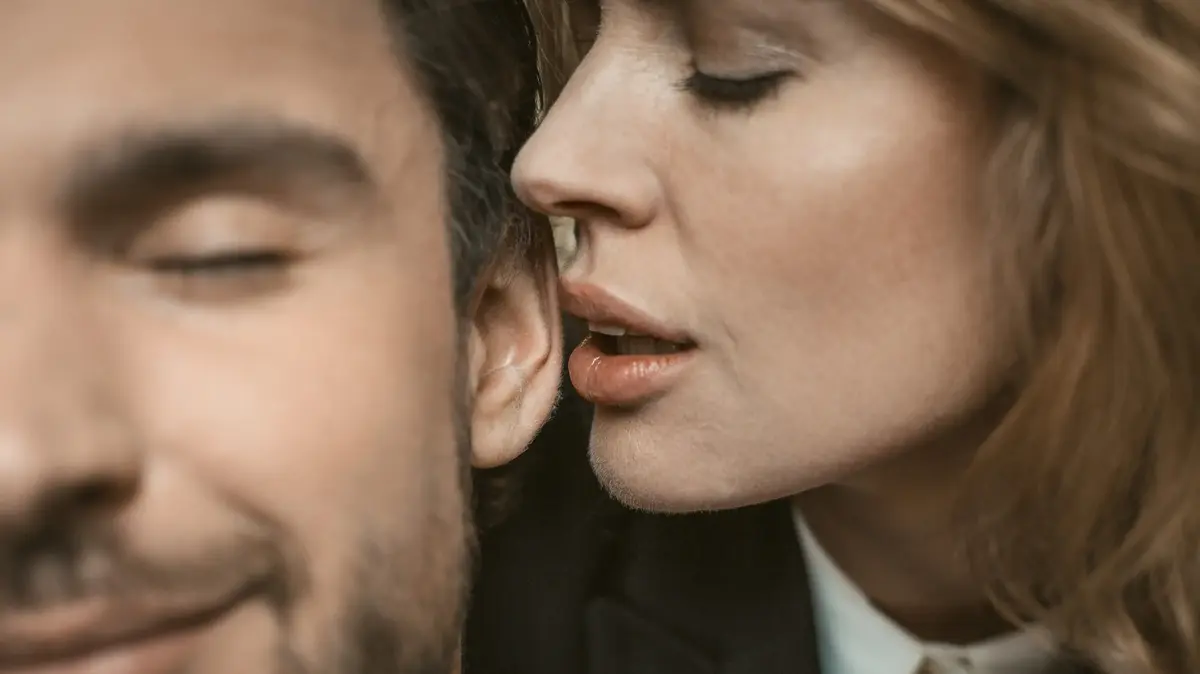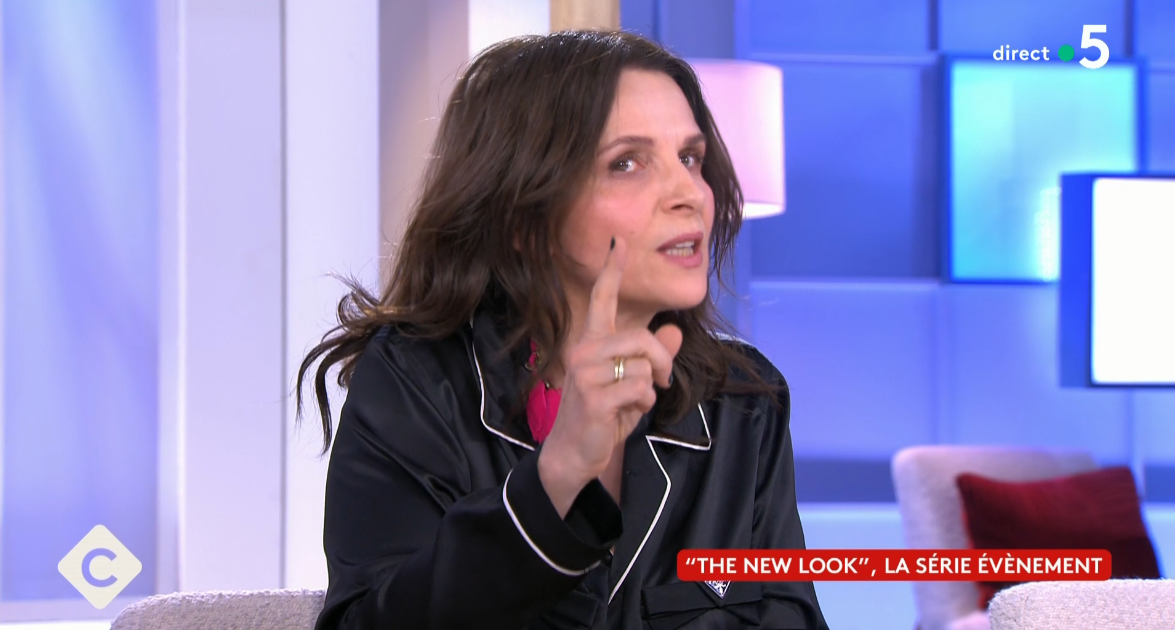Pages of the book 'Chachachá: Un Baile y Una Época' (Gladys Palmera).
Enrique Jorrín liked so much the noise that his feet made sliding on the platform of the track that he took the name from there: cha-cha.
It was a lilting, suggestive and fun sound, which, as many years later would be sung in one of the most famous songs by Gabinete Caligari, was to blame for getting you out to dance.
Jorrín, a Cuban violinist and conductor, was the creator of the most primitive chachachá, a hypnotic and colorful rhythm that, emerged in the dance halls of Cuba, one of the world's great sonic cradles, became a musical genre in the middle of the Last century.
“On the island of Cuba there was the danzón, which came from mixing Cuban son and dance, which had connotations of Western classical music.
They were waltzes with very marked structures, but derivations emerged from there.
One of them was the cha-cha.
He had a different accent, ”explains José Arteaga, editorial coordinator of
Chachachá: un baile y una tiempo,
a glossy book, very didactic, published by the new publishing label of Gladys Palmera, the digital radio specialized in Latin music.
In the style of the
blocks
in the Taschen collection, Gladys Palmera's book has 416 pages, is generous in images and brings together more than 800 covers, posters and full-color photographs of this golden age of the Latin rhythm.
The different accent that Arteaga refers to responds to the sensuality and greater speed that, in the mid-1950s, brought the new rhythm made by the brass bands, that is, by the orchestras with flute and violin.
Many dancers did not feel comfortable with some danzones because they liked to sing them, but they could not.
As a good observer, Enrique Jorrín noticed this and, at the head of the Orquesta América, began to undergo some changes, building rhythmically simple melodies, with the minimum possible syncopations and introducing refrains sung in unison by the orchestra musicians into the montunos.
“Jorrín was a person of great inventiveness.
He included the ingredient of humor in the danzón.
That ingredient marked the style of the cha-cha.
It is a type of music that was born different.
It was neither used for people to cry as in the bolero nor for them to be subjected to great electric shocks as in the mambo.
It was born to offer good vibes ”, says Arteaga.
Kathryn and Arthur Murray, dancing during an NBC TV show in the fifties.nbc
In this way, the cha-cha, less frenetic than the mambo and more alive than the danzones and waltzes, emerged as a kind of new joy in the midst of a renewed desire to live.
“It was the post-war era.
The Second World War had just ended and the world had seen so much tragedy that it needed to have smiles, frenzy, dancing… In short, human contact.
In the Caribbean, in those years the cha-cha was born, but also the mango ”, explains Arteaga.
Those were the years in which new and groundbreaking styles such as twist, surf and
rock'n'roll
were also danced in the United States
.
Only that the cha-cha, far from being restricted to the island of Cuba, crossed borders and became popular beyond the entire Caribbean region.
If the epicenter of this rhythmic earthquake is located in the late 1940s in the Amores de Verano room on the second floor of the Miami restaurant on the central corner of Prado and Neptuno in Havana, where people went to dance under the baton of Enrique Jorrín, its impact shook the entire continent and beyond.
First, the new rhythm spread through all the dance halls of Cuba, which, before the triumph of the Cuban Revolution, was a party of hotels, gangsters, cabarets, casinos and nightclubs under the
de facto
dictatorship
of Fulgencio Batista where the ordinary people and tourists partied with the fashionable orchestras and on the seashore.
From there, it went to Mexico.
In the 1950s, there were two musical powerhouses in Latin America: Cuba and Mexico.
The arrival in Mexico of the Orquesta América, to which Jorrín belonged, detonated the contagion, which would end up being more global as it sneaked into the United States with greater force through the emigrants who arrived in New York and played in large orchestras such as the scored by Tito Puente.
The cha-cha was already unstoppable and, in addition, it benefited from the rise of long-playing records (33 rpm), which for the first time offered the possibility that music can no longer only be heard, but can also be watched.
"The image plays a fundamental role in the development of the genre," explains Arteaga.
“The vinyls are beginning to have a very artistic cover.
There is a lot of color and powerful photographs.
For this reason, in the covers of cha-cha records everyone dances, smiles and has an extraordinary vitality ”.
Especially women.
The rhythm is illustrated on covers in which, under a mixture of creativity, kitsch and elegance, the woman always appears dancing, in a sensual, cheeky or uninhibited way.
It did not matter.
Accompanied by congas or bongos, the woman was the claim for a music that was danced as a couple and whose first female star was Bubbles Darlene, a blonde and exotic dancer who stood out over mulatto women and black men.
Also because of her ability to squander everything she earned at parties and for scandals like the one that led her to walk around Havana in a transparent raincoat and half naked in 1956.
With the arrival of the Fidel Castro regime in 1959, record production and concerts dropped dramatically.
Also the scandals.
However, the cha-cha was already more than a fashion to which stars of other styles such as Sam Cooke, Tommy Dorsey and Bebo Valdés, among many others, joined.
He had made it onto television through the
Arthur Murray Party program,
a space presented by the most famous dancer in the world, which had hundreds of dance academies around the planet.
And it had even infected the visual arts: a lot of Latin productions, but also films in which beautiful and free women are associated, such as Marylin Monroe in
Con faldas ya lo loco
and Brigitte Bardot in
And God created women
.
His dances, like those immodest and sensual rhythms that came half a century before reggaeton, would already be impossible to forget.









